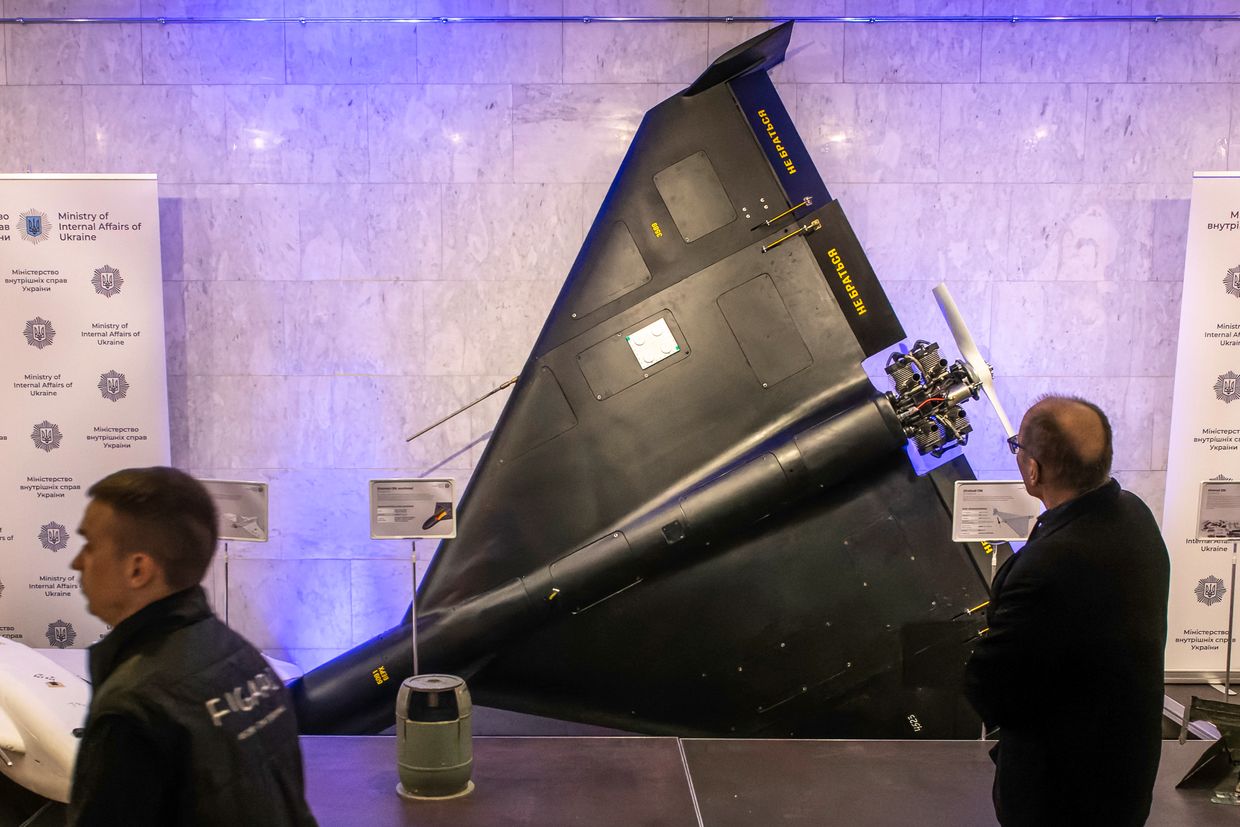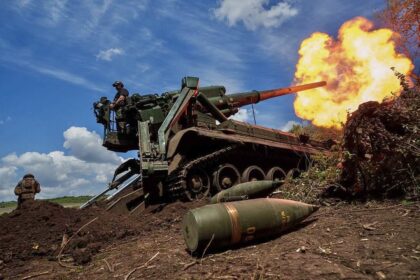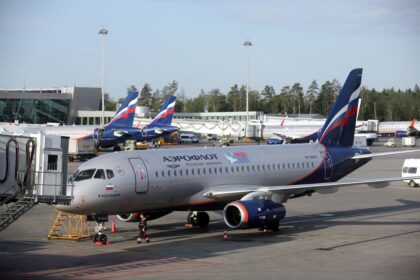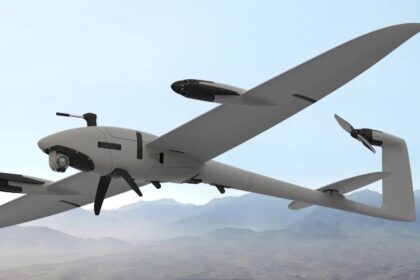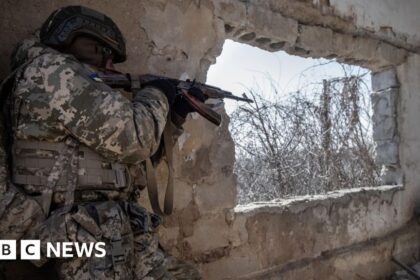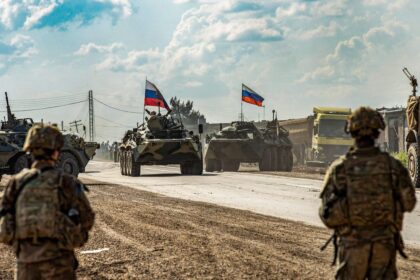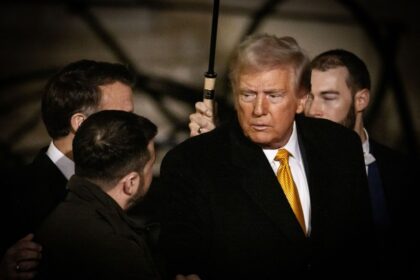**Russian Drone Strikes on Ukraine Might Decrease Due to Middle East Conflict, Estonian Intel Say**
A recent surge in Russian drone attacks against Ukraine might be coming to an end, thanks to the escalating conflict between Israel and Iran. According to Ants Kiviselg, the commander of Estonia’s military intelligence, the Israeli strikes against Iranian military and nuclear facilities may have disrupted Russia’s supply chain for drones.
Russian forces have been launching massive swarms of Shahed-type drones against Ukrainian cities and infrastructure at night, overwhelming Ukrainian air defenses. But Estonian intelligence believes that some critical nodes for drone production continue to come from Iran, and the recent Israeli strikes may have targeted those key facilities.
While it’s unclear how effective the Israeli strikes were in disrupting Russia’s drone supply chain, Kiviselg noted that Ukraine has been attacking Russian drone factories, including one in Alabuga, Tatarstan. This could potentially lead to a decrease in the number of drones available for use by Russian forces.
However, Estonian intelligence is convinced that Moscow is planning steps to not only maintain but also increase its drone production. Russia has been regularly deploying Shahed-type drones against Ukraine, and Ukrainian air defenses have been struggling to keep up with the sheer numbers.
**Ukraine’s Response**
In response to the increased drone attacks, Ukraine has been investing in its own drone capabilities. The country has more than doubled its production of long-range drones in 2024 compared to the previous year. This could potentially allow Ukraine to counter Russian drone attacks and even launch its own strikes against Russian forces.
**Regional Tensions**
The conflict between Israel and Iran has raised tensions in the Middle East, with both countries trading blows. Russia has been a key ally of Iran, and has provided the country with ballistic missiles and thousands of Shahed drones for its war against Ukraine. The recent Israeli strikes have further escalated tensions, and could potentially lead to a wider conflict.
**Human Cost**
The human cost of the ongoing conflict between Russia and Ukraine continues to be high. On June 17, at least 28 people were killed and 134 others injured in a mass Russian missile and drone attack on Kyiv. The victims included women, men, and children, highlighting the indiscriminate nature of the attacks.
**International Response**
The international community has been vocal in its condemnation of Russia’s actions. The European Commission has proposed that Ukraine join the EU’s mobile roaming area starting January 1, 2026, providing Ukrainian users with access to phone calls, texts, and mobile data at no extra charge.
In a related development, President Volodymyr Zelensky said on June 19 that he held talks with the SBU about deep strikes in Russia. “Russia must continue to suffer entirely justified losses due to its aggression,” he stated.
**Analysis**
The conflict between Russia and Ukraine is complex and multifaceted. The recent surge in drone attacks has highlighted the need for Ukraine to invest in its own drone capabilities, and the international community’s response has been to provide support and condemnation of Russian actions.
However, the escalation of tensions in the Middle East could potentially have far-reaching consequences. If the conflict between Israel and Iran continues to escalate, it could draw in other countries and lead to a wider war.
In conclusion, while the Israeli strikes may have disrupted Russia’s drone supply chain, the human cost of the ongoing conflict remains high. The international community must continue to provide support for Ukraine and condemnation of Russian actions, as the situation on the ground continues to evolve.
**Sources:**
* Kyiv Independent
* Politico
* New York Times




